Steps in Paving a Driveway: A Comprehensive Guide
From planning to maintenance, learn how to pave a durable and stylish driveway.
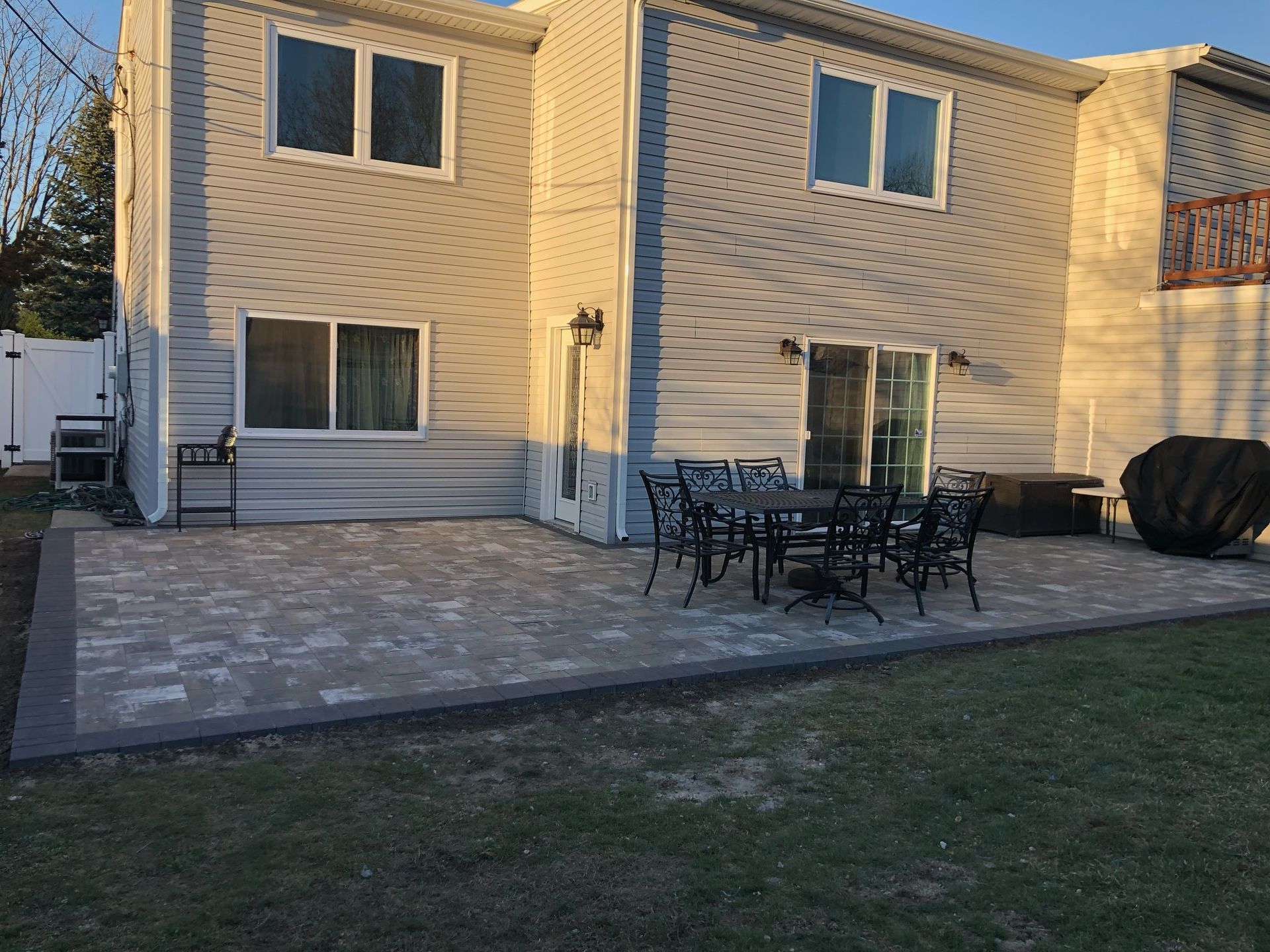
Creating a durable and attractive driveway involves more than just laying down a few paving stones. It requires meticulous planning, careful selection of materials, and skilled execution to ensure your driveway stands the test of time. Whether you're looking to enhance your home's curb appeal or replace an old, worn-out surface, this guide will walk you through the essential steps in paving a driveway. From planning and permitting to choosing the right pavers and finding the best contractors in New York, we'll cover everything you need to know.
1. Planning and Permits
Before you begin paving your driveway, it's crucial to plan out every detail. Start by determining the size and layout of your driveway. Consider how many vehicles will need to park and if you want any additional features like walkways or borders. For example, if you're thinking about integrating backyard pavers on Long Island into your driveway design, you'll want to account for the space needed for these elements.
Next, check with your local municipality to understand the regulations and requirements for driveway installation in your area. This often includes setback requirements, drainage considerations, and specific materials that may be allowed or prohibited. In New York, particularly in Long Island, you may need to obtain permits before you start any construction. Failing to secure the necessary permits can result in fines or having to redo your work, so this step is crucial.
2. Choosing the Right Pavers
The choice of pavers can significantly affect the appearance, functionality, and longevity of your driveway. With the vast array of options available, it can be overwhelming to choose the right material. Here are some popular choices for driveway pavers in New York:
- Concrete Pavers: Durable and versatile, concrete pavers come in various shapes, sizes, and colors. They are a popular choice for those seeking affordable driveway pavers in New York without compromising on quality. They are also low-maintenance, making them a great long-term investment.
- Natural Stone Pavers: For a more luxurious look, natural stone pavers like bluestone or granite are ideal. They offer unique patterns and colors, providing a high-end finish to your driveway. Natural stone is a bit more expensive but offers a timeless appeal that can increase your home's value.
- Permeable Pavers: If you’re looking for an eco-friendly option, permeable pavers for driveways allow water to pass through, reducing runoff and promoting groundwater recharge. These are particularly beneficial in areas prone to heavy rain or those looking to meet specific environmental regulations.
- Brick Pavers: Known for their classic appeal, brick pavers are durable and provide a traditional look that never goes out of style. They are a great option for custom driveway pavers on Long Island, blending well with both modern and historic homes.
3. Preparing the Site
Once you've chosen your materials, the next step is site preparation. This involves removing the existing driveway (if there is one) and excavating the area to the required depth. The depth typically depends on the type of pavers you’re using and the expected traffic load.
The excavated area should then be leveled and compacted to create a stable foundation. At this stage, it's important to install a proper drainage system to prevent water from pooling on your driveway. This may involve laying down a gravel base or installing drainage pipes. Ensuring good drainage is especially important in New York, where winters can lead to freezing and thawing cycles that can damage poorly drained driveways.
4. Laying the Base
The base layer is crucial for the longevity of your driveway. Typically, a layer of crushed stone or gravel is spread across the excavated area and compacted using a vibratory plate compactor. This base layer should be at least 4 to 6 inches deep, depending on the soil type and the weight of vehicles that will use the driveway.
After the base is compacted, a layer of sand is spread over it. This sand layer, usually about an inch thick, serves as a bed for the pavers and helps to even out any minor imperfections in the base layer. The sand should also be leveled and compacted before the pavers are laid.
5. Laying the Pavers
With the base and sand layer prepared, it’s time to lay the pavers. Start by placing the pavers along the edges of the driveway, which will serve as a guide for the rest of the installation. Depending on your design, you can opt for a straight lay pattern or something more intricate, like a herringbone or basket weave.
As you lay the pavers, be sure to leave a small gap between each one, typically around 1/8 inch, to allow for sand to fill in and lock them in place. Use a rubber mallet to gently tap the pavers into the sand bed, ensuring they are level with each other.
Once all the pavers are laid, spread fine sand over the surface and use a broom to sweep it into the gaps between the pavers. This sand will help lock the pavers in place and prevent them from shifting over time.
6. Edging and Sealing
Edging is a critical step in driveway installation that often gets overlooked. Properly installed edging helps to keep the pavers in place and prevents them from spreading out over time. Edging can be made from various materials, including metal, plastic, or even concrete curbing.
After the pavers are set and the edging is installed, the final step is sealing the driveway. Sealing helps to protect the pavers from stains, weather damage, and wear, ensuring your driveway remains beautiful for years to come. While not all pavers require sealing, it’s highly recommended for materials like natural stone and concrete, especially in regions like New York, where harsh weather conditions can take a toll on outdoor surfaces.
7. Maintenance Tips
Maintaining your driveway is key to its longevity. Regularly sweep the surface to remove debris, and occasionally rinse it down with a hose. If you notice any weeds growing between the pavers, remove them promptly to prevent damage to the structure.
In colder months, use a plastic shovel to remove snow to avoid scratching the pavers. For ice, consider using sand instead of salt, as salt can cause pavers to deteriorate over time. If you notice any shifting or settling of the pavers, it may be necessary to re-level them by adding or removing sand as needed.
Conclusion
Paving a driveway is a significant investment that can greatly enhance the curb appeal and functionality of your home. Whether you’re planning to DIY or hire a professional driveway pavers contractor in NY, following these steps will ensure that your driveway is not only beautiful but also durable and long-lasting.
For residents in New York, particularly those in Long Island, consider consulting with top-rated patio pavers Long Island experts or reputable masonry services NY companies to get the best results. Investing in high-quality materials and skilled installation will pay off in the long run, giving you a driveway that you can be proud of for years to come.
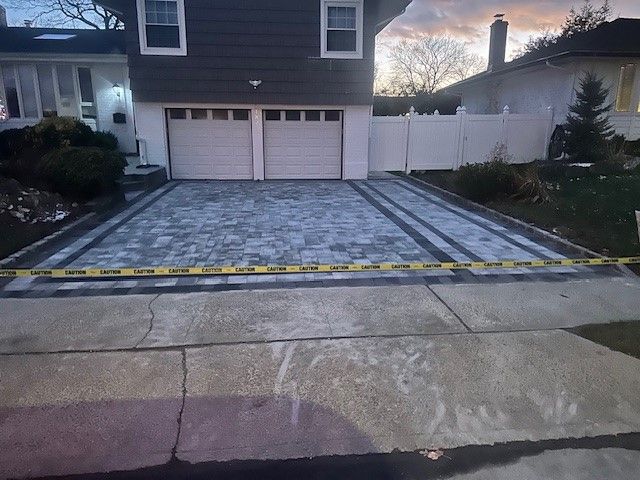
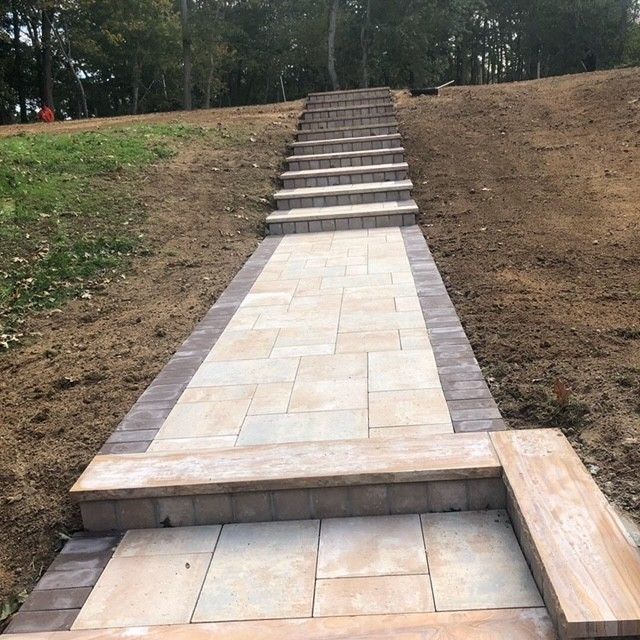
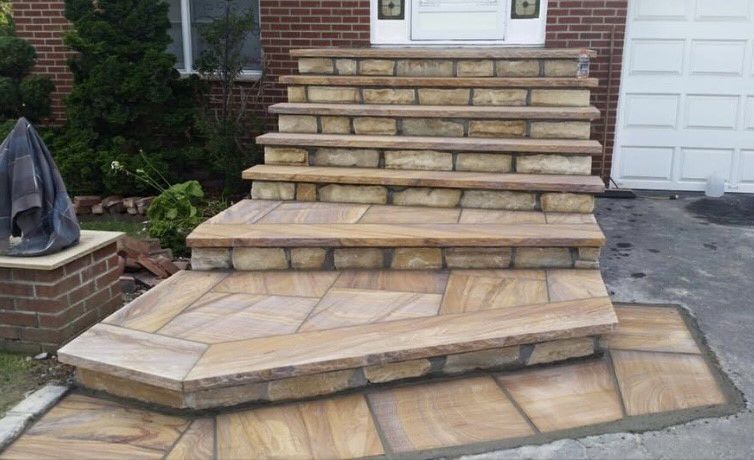


service Area
Long Island, NY
Westbury, NY
Nassau County, NY
Carle Place, NY
Salisbury, NY
East Garden City, NY
Manhasset, NY
Muttontown, NY
Old Brookville, NY
Upper Brookville, NY
Oyster Bay, NY
Syosset, NY
Jericho, NY
Dix hill, NY
and surrounding areas
Business Hours
Available 24/7 - Service by Appointment
Se Habla Español


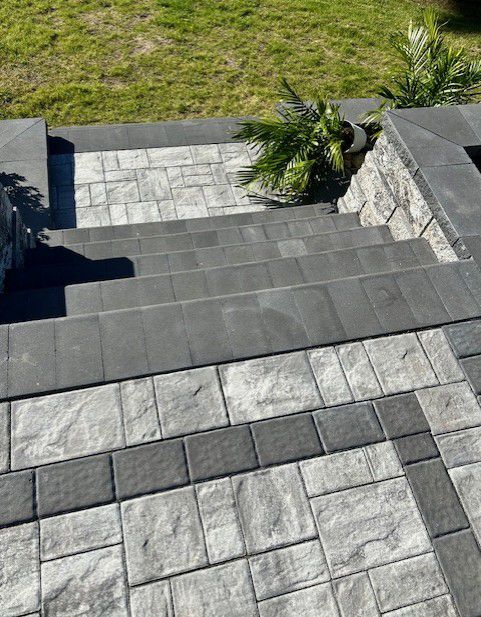
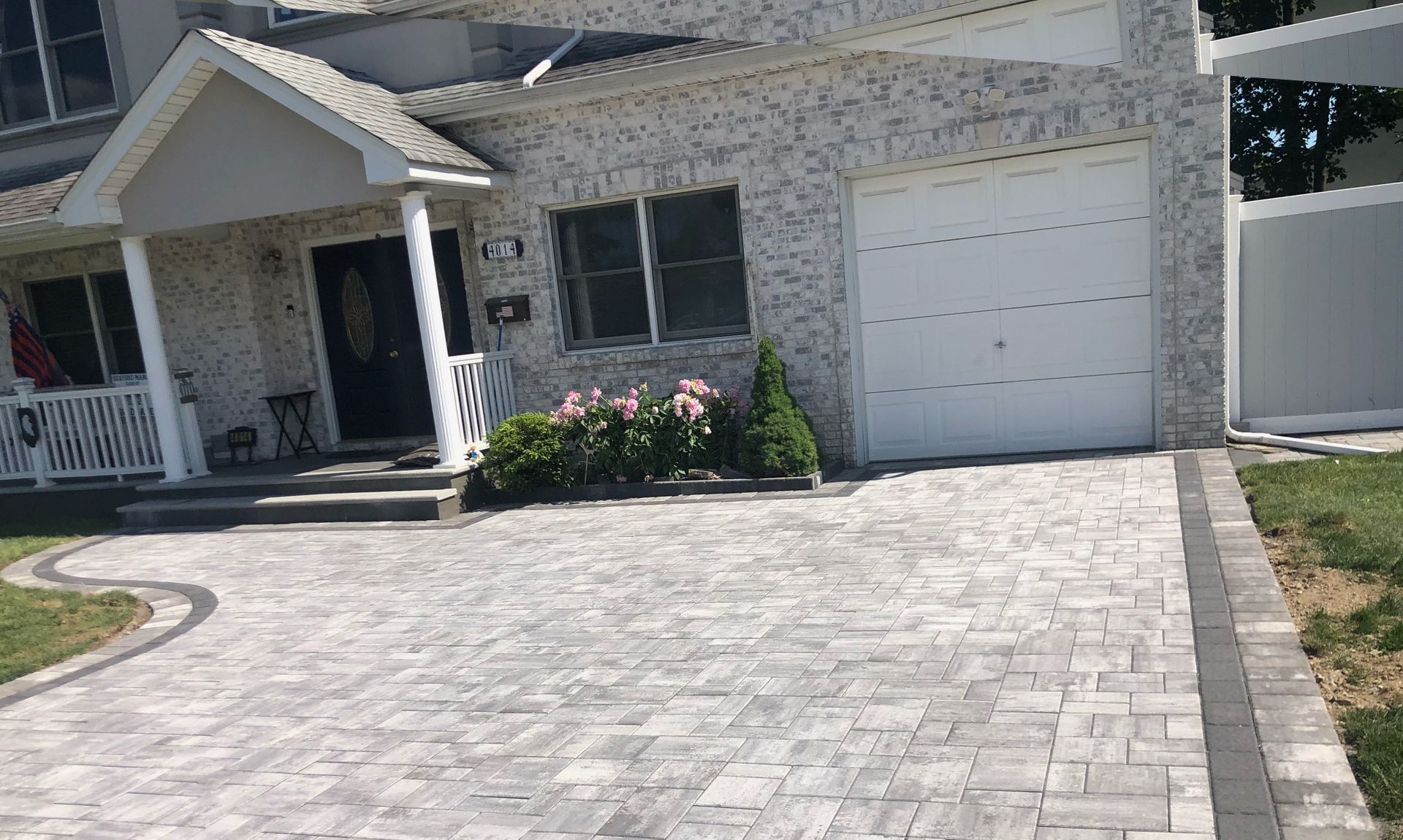
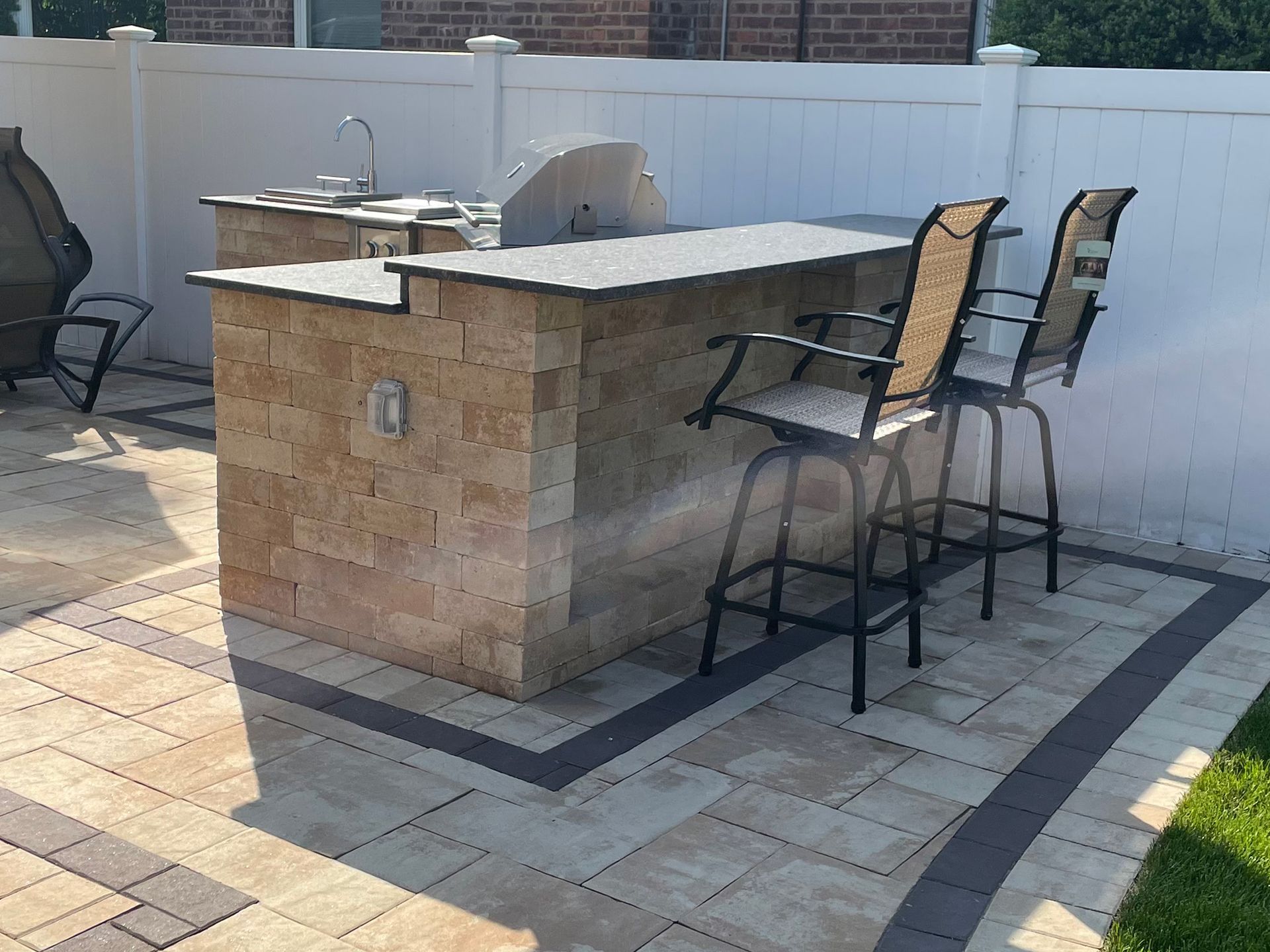
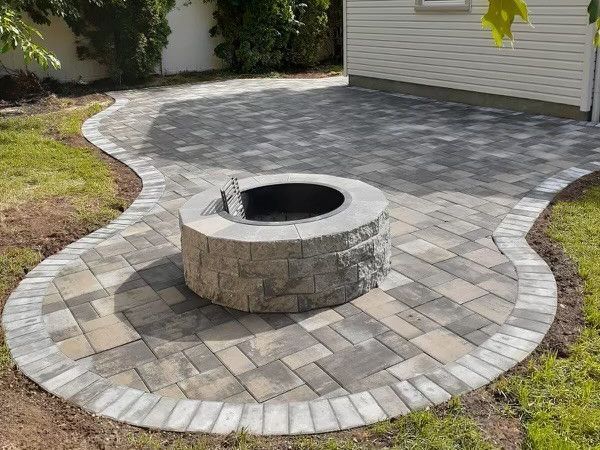
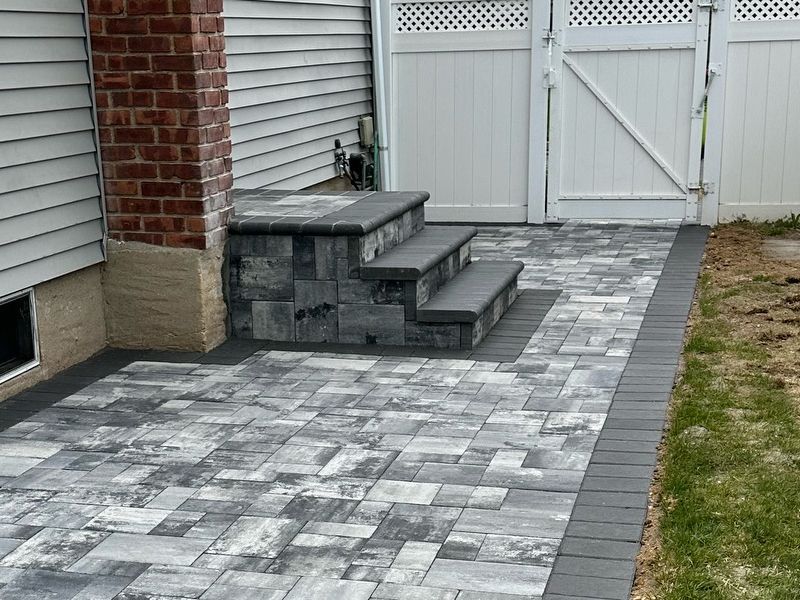
Share On: